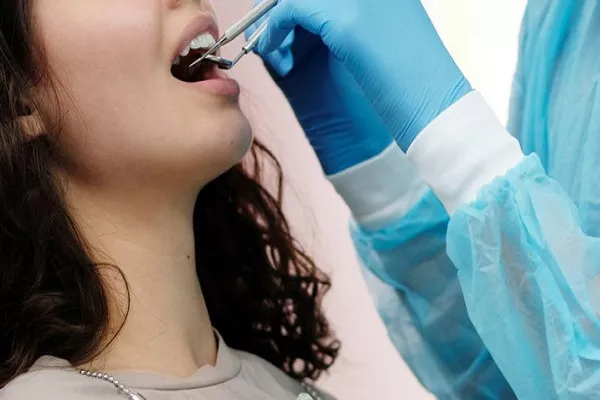Maintaining good oral health is essential for a confident smile and overall well-being. When it comes to oral care, you may encounter various dental professionals, including general dentists and orthodontists. While both play critical roles in dental care, they have distinct areas of expertise and focus. In this comprehensive guide, we’ll explore the differences between a general dentist and an orthodontist, helping you understand when to seek their respective services.
General Dentist: The Foundation of Oral Health
A general dentist is often your first point of contact for dental care. These professionals are like the primary care physicians of dentistry, and they are crucial for maintaining overall oral health. Here’s what a general dentist does:
Preventative Care: General dentists emphasize the importance of regular check-ups and cleanings to prevent dental problems. They examine your teeth, gums, and mouth for signs of issues like cavities, gum disease, and oral cancer.
Dental Cleanings: General dentists perform professional cleanings to remove plaque and tartar buildup, reducing the risk of cavities and gum disease.
Fillings and Restorations: They diagnose and treat dental problems like cavities by placing fillings or performing restorative procedures like root canals.
Extractions: General dentists can extract teeth when necessary, especially if a tooth is severely damaged or causing overcrowding.
Oral Health Education: They provide guidance on proper oral hygiene practices, including brushing, flossing, and diet, to help patients maintain healthy teeth and gums.
X-Rays and Diagnostics: General dentists use X-rays and diagnostic tools to identify dental issues not visible during a routine exam.
Orthodontist: The Specialist in Dental Alignment
Orthodontists are specialized dental professionals who focus on diagnosing, preventing, and treating misalignments and irregularities in the teeth and jaws. They are experts in orthodontics, which is the branch of dentistry dedicated to achieving proper tooth alignment and bite. Here’s what an orthodontist does:
Braces and Aligners: Orthodontists are known for providing braces and clear aligners (like Invisalign) to correct crooked teeth, crowded teeth, overbites, underbites, and other alignment issues.
Treatment Planning: They create personalized treatment plans based on a patient’s unique needs and goals, ensuring optimal results.
Orthodontic Appliances: Orthodontists may use various orthodontic appliances, such as headgear, palatal expanders, and retainers, to correct alignment problems.
Surgical Orthodontics: In some cases, orthodontists work with oral surgeons to address complex cases that require surgical intervention.
Monitoring Progress: Orthodontists regularly monitor a patient’s progress, making adjustments to treatment plans as needed to achieve the desired results.
Long-Term Benefits: Orthodontic treatment not only enhances the appearance of the smile but also contributes to improved oral health by reducing the risk of issues like gum disease, tooth decay, and jaw pain.
When to See a General Dentist vs. an Orthodontist
Understanding when to see a general dentist and when to consult an orthodontist is essential for your oral health.
See a General Dentist For:
Regular Check-Ups: Visit a general dentist at least twice a year for routine exams and cleanings.
Dental Pain or Discomfort: If you’re experiencing toothaches, gum pain, or oral discomfort, a general dentist can diagnose the issue and recommend treatment.
Cavities or Fillings: General dentists are your go-to for treating cavities and placing fillings.
Gum Health: For concerns about gum health, gum disease, or bleeding gums, consult a general dentist.
Oral Hygiene Education: They provide guidance on maintaining proper oral hygiene.
See an Orthodontist For:
Alignment Issues: If you have crooked teeth, gaps, or an improper bite (overbite, underbite, crossbite), consider consulting an orthodontist for evaluation.
Orthodontic Appliances: Orthodontists specialize in providing braces, aligners, and other orthodontic appliances for alignment correction.
Early Intervention: Orthodontists can assess and treat alignment issues in children as young as seven, helping prevent more severe problems later.
Complex Cases: For complex orthodontic cases that may require surgical intervention, orthodontists work in conjunction with oral surgeons.
Conclusion
Both general dentists and orthodontists play essential roles in oral health care, but they have distinct areas of expertise. General dentists focus on maintaining overall oral health, while orthodontists specialize in diagnosing and correcting alignment issues. Knowing when to see each professional ensures that you receive the appropriate care to achieve a healthy and confident smile. Regular check-ups with a general dentist are essential, and if you have concerns about alignment or orthodontic issues, consult an orthodontist for a specialized evaluation and treatment plan.
Related Topics:





























